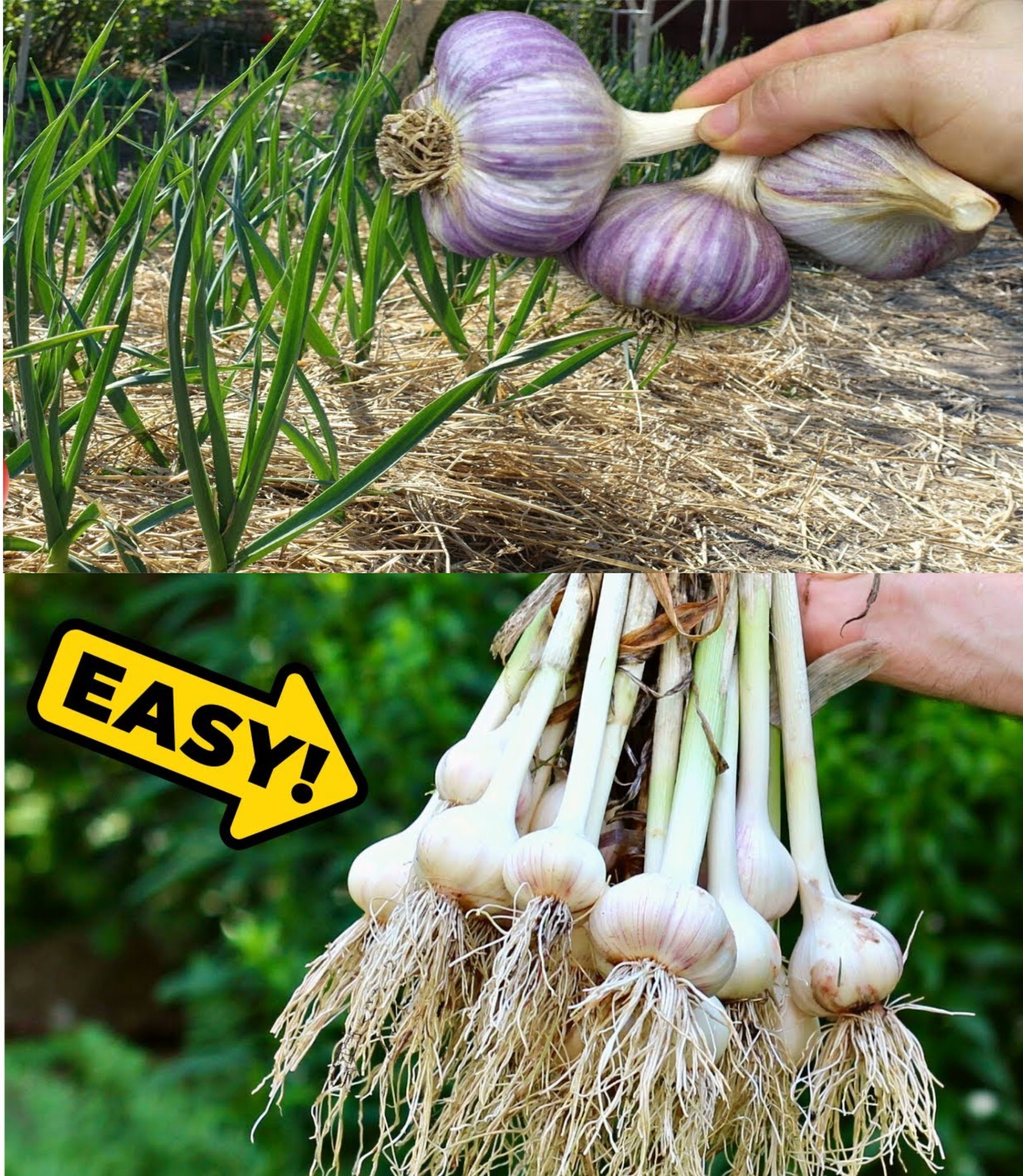For those seeking to harness the full potential of garlic, cultivating it at home is highly recommended. Homegrown garlic tends to contain higher levels of active compounds compared to store-bought varieties. Planting garlic in the autumn yields more robust shoots in the spring, resulting in larger and more appealing garlic bulbs.
For successful garlic cultivation, it is advisable to plant it approximately three weeks before the onset of frost in the fall. This timing helps prevent bulb damage and allows the roots to establish themselves in the soil. A well-developed garlic bulb should ideally have 12-18 roots measuring 5-10 cm in length before winter, requiring a growth period of at least 35-45 days, according to experts.
Garlic thrives in clayey and chernozem soils and prefers sunny locations. Employing crop rotation is recommended to maintain optimal bulb size, preventing diminishment when planting in the same spot consecutively.
Here are the key steps for successful garlic cultivation:
- Soil Preparation: Create optimal soil conditions by incorporating peat and adding 20 g of superphosphate and 20 g of potassium fertilizer per square meter.
- Bed Formation: Form a 1-meter-wide and 25-cm-high bed, providing an ideal environment for garlic growth.
- Garlic Preparation: Separate garlic into sections, selecting the largest and healthiest cloves.
- Disinfection: Soak garlic cloves in boiling water for 1-2 minutes.
- Planting: Maintain a row spacing of 20-25 cm and a spacing of 10 cm between individual garlic cloves. Plant the garlic cloves 7-8 cm deep to protect them from early frosts.
